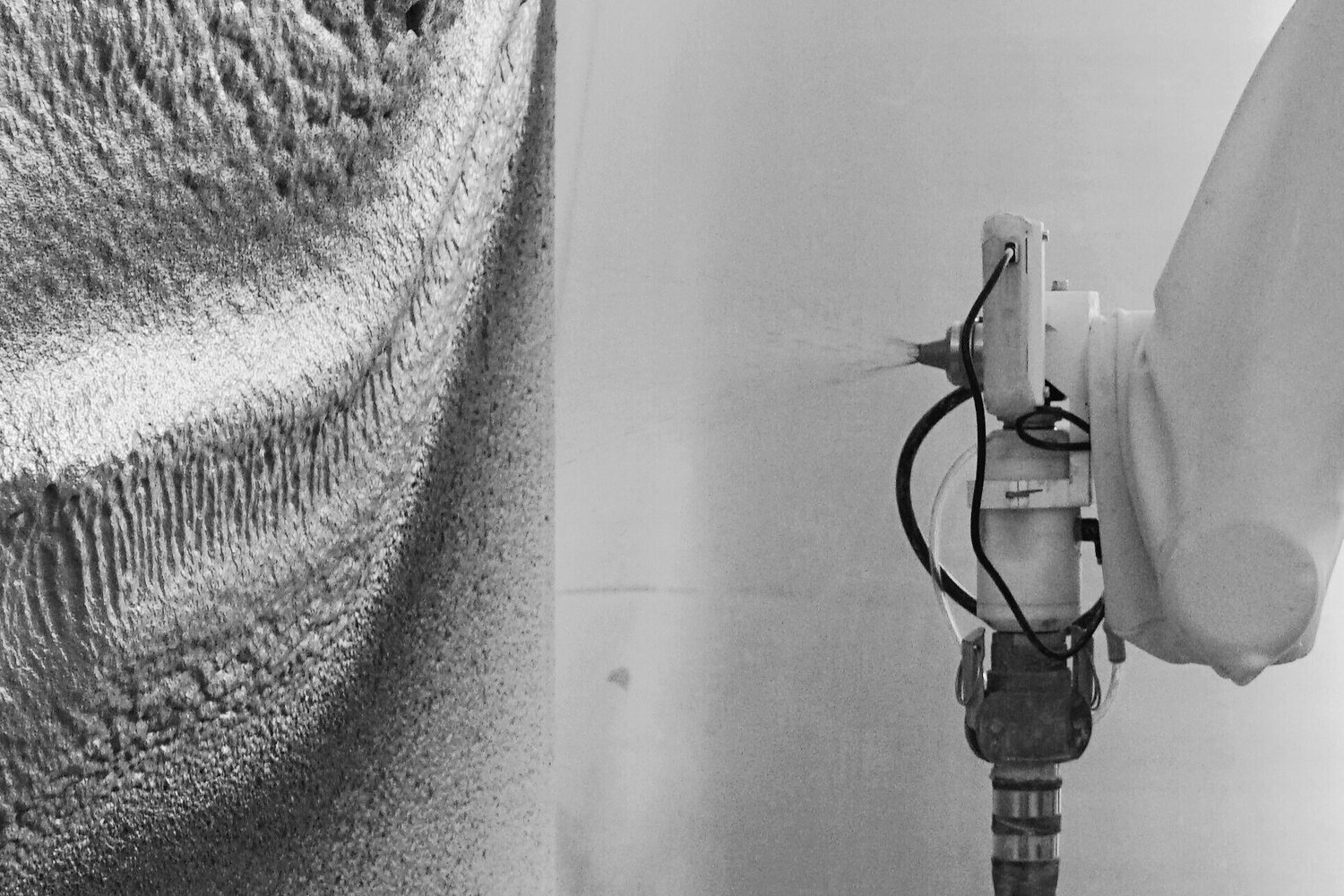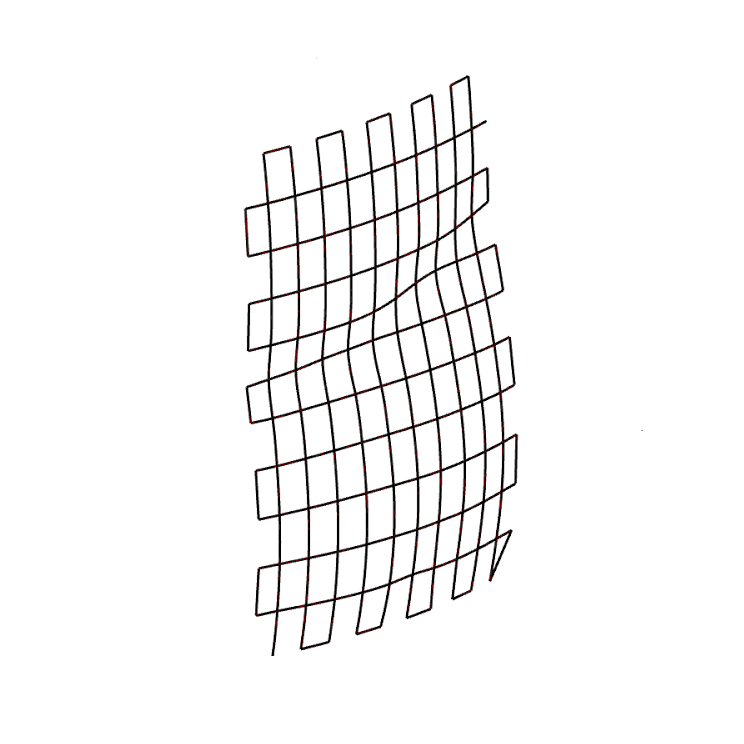MAS ETH DFAB | research project
is an 11-week group project that explores the potential of novel digital fabrication processes to implement a full-scale construction project. The topic combines ongoing research projects of ETH Dfab on Human-Machine Collaboration and Robotic Plaster Spraying to propose new design and fabrication methodologies.
Team :
Instructors : Daniela Mitterberger, Selen Ercan Jenny, Eliott Sounigo, Ping-Hsun Tsai, Petrus Aejmelaeus-Lindström, David Jenny, Hannes Mayer
Design and Fabrication: MAS ETH in Architecture and Digital Fabrication_Class of 2020-2021
Intuitive design
The intuitive design workflow begins with the input of the user’s gesture with the HTC Vive controller. The gesture gets tracked, and the recorded data gets adjusted to the fabrication parameters and exported for fabrication. The user has immediate visual feedback on his work and can adjust his input accordingly.
Robotic plaster spraying
For the fabrication setup, once mixed the material and poured into the pump, this is transferred to the robot through the hose that brings the plaster to the nozzle. The compressed air will aerosolize the material and spray it on the surface. The nozzle has been mounted on a UR10 robotic arm and integrated with a camera that allows to 3d scan the surface in order to recalibrate the spraying process and to keep track of the design step by step.
Phase 1 - Panel testing and prototyping
During Phase 1 of the project, in order to help all the team members understand the process, every 4 people form a sub-group to practice the process of the intuitive design and the robotic spraying with their own design method. Each group sprayed on 1.2m X 2 m panels to study and reflect on the relationship between parameters and the spray result.
The simulation tool was developed to quickly test whether the input path is executable by the robotic arm, and the visualization tool helped estimate the spraying result. We also designed an adaptive feedback loop system that automatically updates the robot trajectory based on the scanned mesh to adapt the material build-up. This feedback loop runs every 10 - 15 spray iterations.
Phase 2 - On-site Fabrication
During phase 2, bringing the knowledge we learned from P1, we started on-site Fabrication. The room's dimension is 5.8 by 15.8m with a height of 5m, giving us a wall surface of approx—200 m² to spray. Our strategy is to use the adaptive thin-layer printing process with an interactive design procedure. A robotic arm sprays plaster, following recorded hand gestures, defining a human instructed robotic fabrication process.
Global localization and local segmentation are two important parts of on-site fabrication. For the global localization it requires 11 tower position to finish spraying the over all design and the local segmenting , base on the robot reachability and the design, requires 2-4 axis positions to cover the design of current tower location.
The time-lapse shows the whole fabrication process that lasted 16 days. We were able to increase the production over the weeks as we got more familiar with the overall process. In total we used 136 bags of plaster (3400kg) for a total amount of around 52 spraying hours.
































